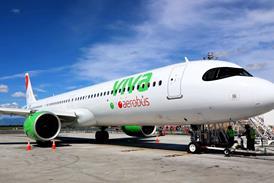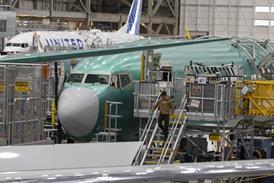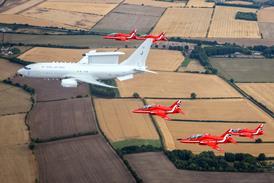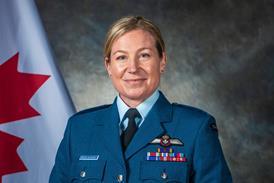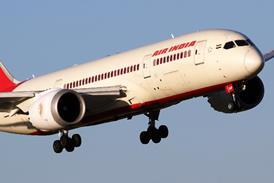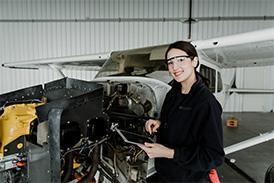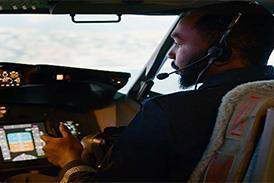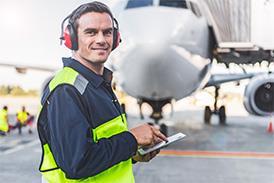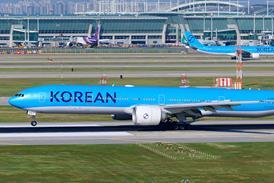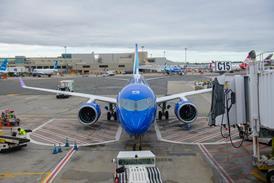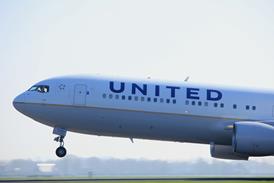Defence manufacturer Anduril Industries has logged its first flight with the YFQ-44A autonomous fighter prototype being developed for the US Air Force.
The long-awaited milestone was announced on 31 October, with air force secretary Troy Meink heralding the start of competitive flight-testing as a key breakthrough in the effort to field a new class of uncrewed tactical jets known as Collaborative Combat Aircraft (CCA).
“These flights are giving us the hard data we need to shape requirements, reduce risk, and ensure the CCA programme delivers combat capability on a pace and scale that keeps us ahead of the threat,” Meink says.
The USAF now has two CCA prototypes in flight testing. General Atomics Aeronautical Systems, Anduril’s rival in the CCA programme, began flying its YFQ-42A prototype in late August.
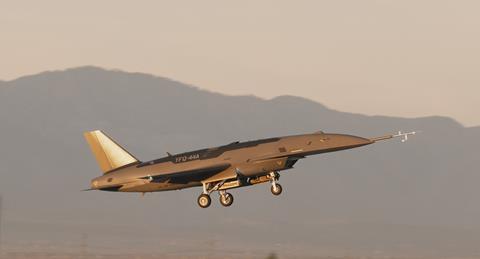
Developmental flight activities are now taking place across both company and government test locations, according to the force.
Envelope expansion and integration work is being conducted at the service’s primary test hub at Edwards AFB, while operational concepts for CCAs are being developed and evaluated by the USAF’s Experimental Operations Unit at Nellis AFB in Las Vegas.
Those findings will shape how the air force integrates the new class of aircraft into its fleet and eventually deploys them for frontline service. While a specific procurement target has not yet been identified for the first increment of CCAs, the USAF says it plans to field “substantial operational capability” by the end of this decade.
A competitive production decision is expected is fiscal year 2026 (which ends in October 2026), with either the Anduril or General Atomics aircraft being selected.
Anduril’s senior vice-president of engineering, air dominance and strike Jason Levin lauded the flight of the YFQ-44A as a “step change” in aviation technology, likening it to the development of jet engines and stealth aircraft.
“The flight testing process is where we prove that our aircraft meets the mark in terms of speed, manoeuvrability, autonomy, stealth, range, weapons systems integration and more,” Levin says. “As YFQ-44A climbs higher, we’re proving that it doesn’t merely look like a fighter, but that it performs like one.”
Both the company and the USAF laud the rapid iteration of the YFQ-44A design process, which went from clean-sheet to first flight in under two years.

